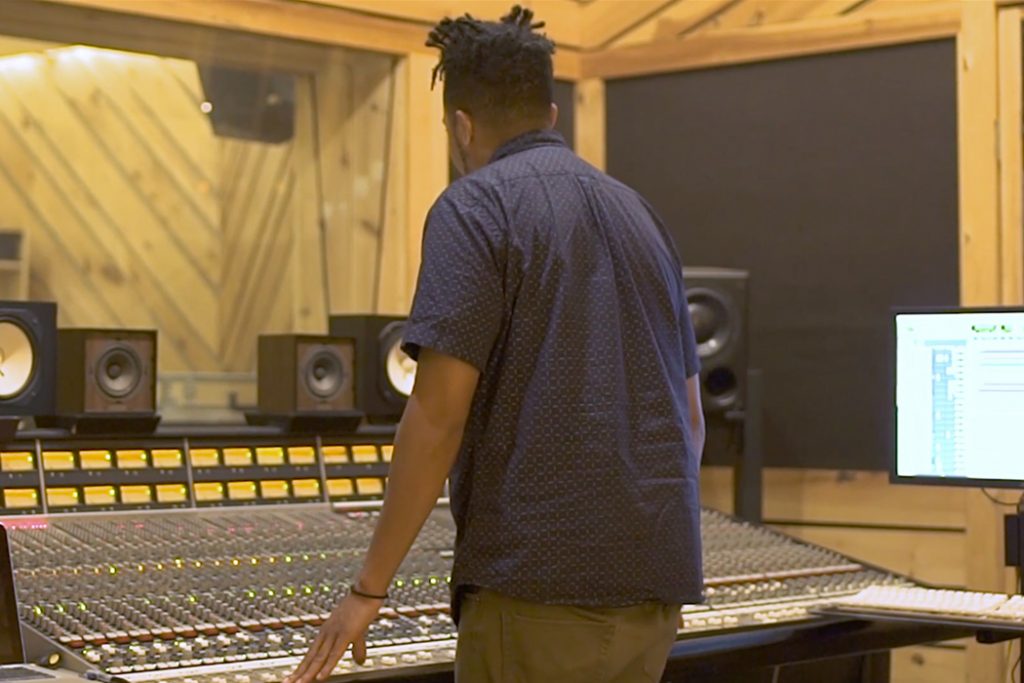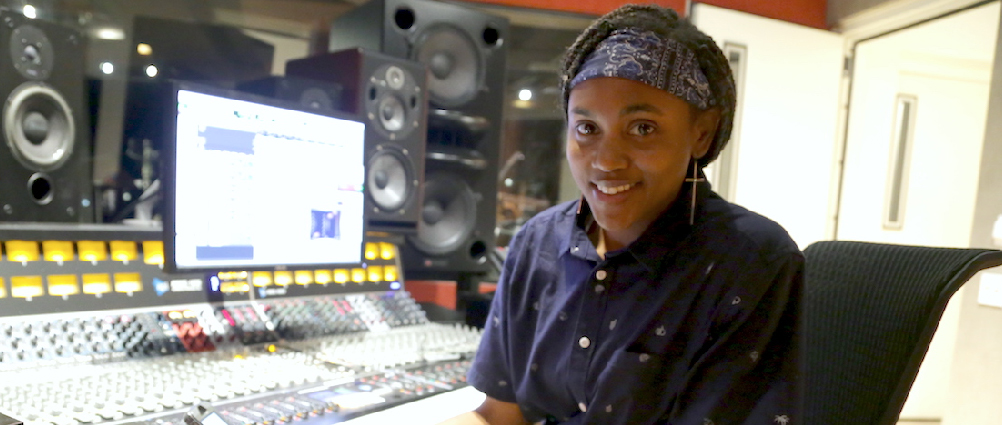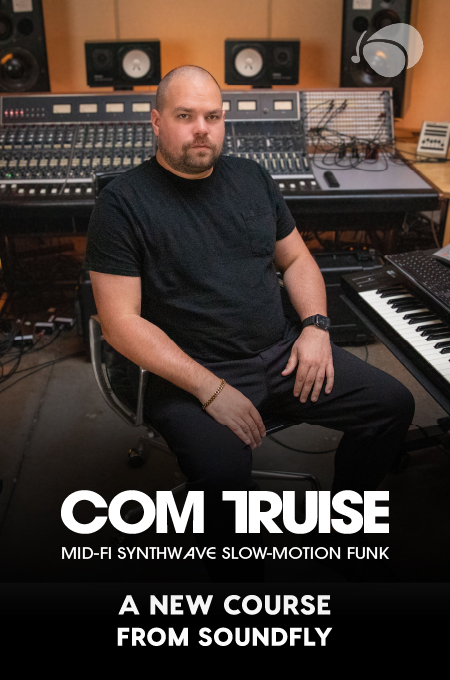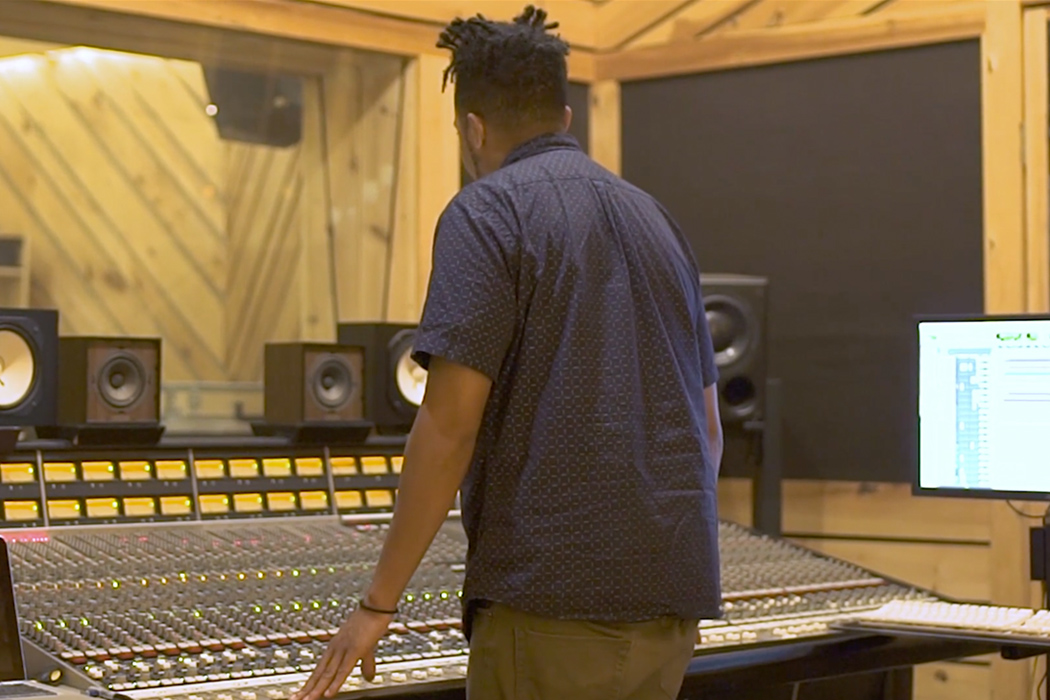
+ Learning to record and mix at home? Check out Soundfly’s acclaimed online courses on mixing, production, and beat making — Subscribe for unlimited access.
It’s easy to daydream about doing nothing but mixing music all day every day. You want to spend as much time as possible doing what you love most right?
Mixing all the time is awesome, but there are some unexpected realities when it’s your main activity. Here’s my hard truth for today — mixing is solitary work that can feel pretty lonely at times.
That may sound discouraging, but my flip side to this hard truth is that seeking out alone time is an important strategy for good mental health. Mixing is one of the most productive, satisfying, and refreshing activities to do during that time.
Mixing By Committee
If you’ve ever worked on a project with someone not familiar with the mixing process, you might know what I’m about to talk about. Mixing in real time with a collaborator present isn’t always ideal. Some decisions can seem counterintuitive if you can’t see the forest for the trees.
Essential mix operations like high-passing boomy bass or scooping out low mid-range can be alarming to some collaborators — especially if you have the bad habit of EQing in solo.
At some point most engineers decide it’s easier to mix alone than with someone staring over their shoulder.
It makes sense. By yourself, your mixing workflow gets much smoother and more immersive. There’s no one to second guess your choices. You won’t have to slow down or take the time to explain your mix decisions.
But you’ll sacrifice the effects of collaboration — and not just the obvious ones. The intangible factors that come with having someone else physically in the room with you will be gone too. That means no one to bounce ideas off of, or joke around with to break up the monotony.
Those might sound like negatives, but you can turn being alone into a benefit with the right mindset.
Working on Your Own
When was the last time you spent a few hours by yourself? If you’re not used to it, it can be a bit jarring.
Many of us spend our days in busy social situations. While some people thrive on the energy they get from social interaction, others crave time by themselves — and actively seek it out. These “introvert/extrovert” characteristics are getting lots of attention in the headlines and conversations online.
The distinction isn’t always clear as it seems. There are plenty of people that show some aspects of both traits in their behaviour. Even so, many people experience a noticeable trend toward introversion or extroversion in their social “style.”
That’s good news for you introverted producers out there. Solo mixing time can be an oasis for those who need time on their own to recharge their social battery — a practice typically associated with introverts.
+ Learn audio production, composition, songwriting, theory, arranging, and more — whenever you want and wherever you are. Click here for unlimited access!
The Benefits of Being Alone
No matter what personality type you are, intentional alone time can help with your mental and artistic well-being. Regular periods of solitude have been shown to increase concentration and productivity by cutting down on distractions and interruptions.
That’s the clarity you need to do your best work. Inspiration is all about creating the right conditions for creativity to arise. The deep thinking you access during time spent alone in the studio is vital for that.
Plus, finding a voice of your own can take some soul-searching. The most authentic way to do it is through honest self-reflection away from the influence of others. It may seem counterintuitive, but working alone can have benefits for your collaborations too. Many people turn to their collaborators for a fresh set of ears on their work.
Getting too familiar with their perspective on the material can dilute the sense of freshness you bring to it.
+ Read more on Flypaper: “Soundfly’s Guide to Learning Things Online”
How to Get Used to It
If you feel like you can’t handle extended periods on your own, you may need to work on getting comfortable with it. Here are my best strategies for turning solo mix time into productive sessions you look forward to:
1. Start small.
You don’t have to charge right into doing epic eight hour solo mix sessions every day. In fact doing so might be a bad idea.
It takes some practice working by yourself to start feeling like you’re using your time effectively. Start with manageable chunks like 1-2 hours at a time and continue from there as you get used to it.
2. Set realistic time management goals.
When you’re working by yourself there’s no one to keep you on task. That means you’ll have to enforce your own productivity. This is probably the toughest thing about working on your own.
The best way to do it is by setting goals that aren’t impossible to live up to. Give yourself time limits and expectations for individual tasks where you can and use break time to reward yourself for meeting them.
3. Don’t completely isolate.
You need to take breaks from mixing for a few different reasons. When you do reward yourself with a break, switch things up if you can. Taking a walk, getting a snack or doing anything in public can give you just enough social energy to dive back in feeling refreshed.
There’s no escaping the hard truth that mixing is a lonesome activity. But if you approach it with the right mindset you can make solitary mixing a beneficial part of your life. Use these tips to make your mixing time healthy and functional alone time.
Don’t stop here!
Continue learning about mixing, audio engineering, electronic music recording, and DIY home production, with Soundfly’s suite of in-depth online courses, including Faders Up: Modern Mix Techniques. Subscribe for unlimited access here.
—
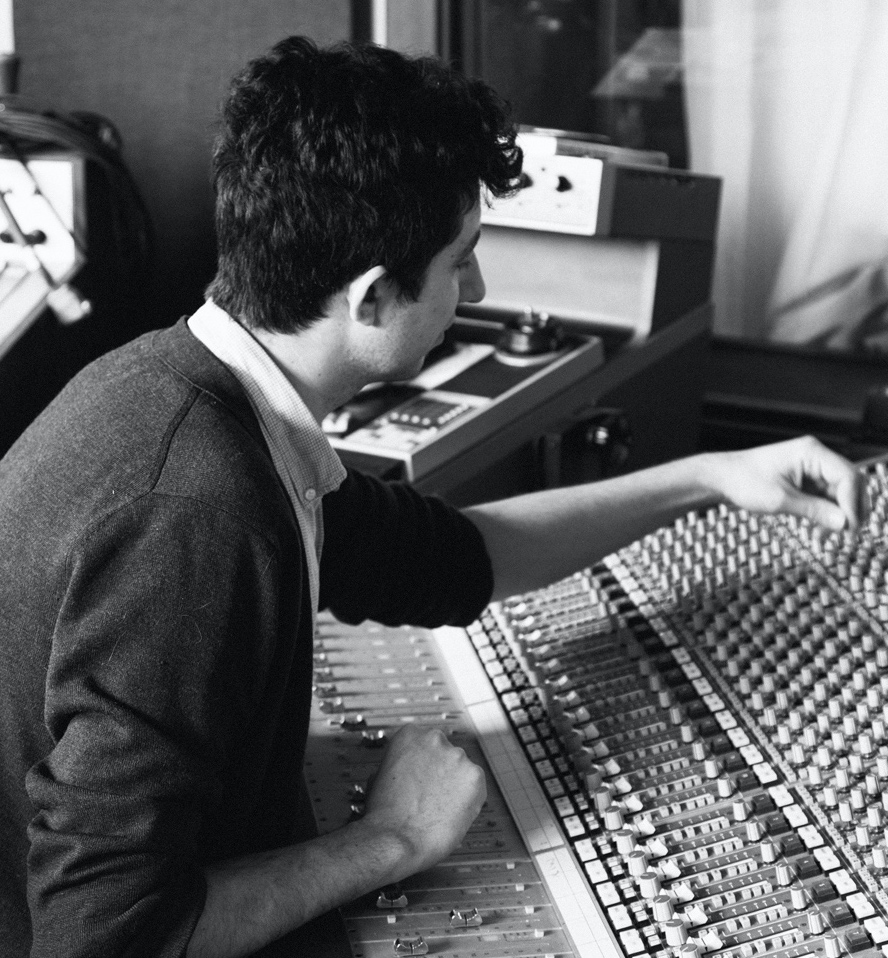 Michael Hahn is a Montreal-based musician, audio engineer and music writer. Editor at the LANDR Blog and guitarist in the indie-rock trio Slight.
Michael Hahn is a Montreal-based musician, audio engineer and music writer. Editor at the LANDR Blog and guitarist in the indie-rock trio Slight.